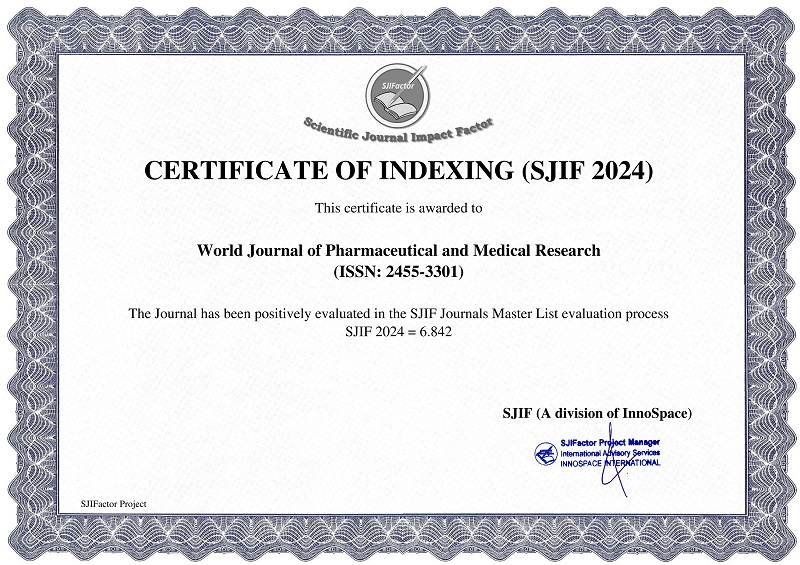A REVIEW ON PHYSIOLOGICAL ROLE OF SAMANA VATA IN DIGESTION VIS-A-VIS ENTERIC NERVOUS SYSTEM
*Dr. Sourabh Sharma, Dr. Komal Samyal, Dr. Ashia Mahajan
ABSTRACT
Ayurveda is the ancient eternal science of life and longevity. It aims to maintain the health of healthy individuals and preventions of diseases.[1] In Ayurveda, health is defined as a state where Doshas (biological energies), Agni (digestive fire), Dhatus (tissues), waste products, and all physiological functions are in a harmonious and balanced state. Among these Doshas, Vata holds a pivotal role in both states of well-being and illness. Among five types of Vata that is Prana, Udan, Samana, Vyan and Apaan Vayu, the Samana Vayu is a vital force that is situated near jatharagni and primarily governs the digestion and absorption of food within the GI tract. The physiological functions of Samana Vata can be correlated with enteric nervous system which is known as the second brain, and parasympathetic and sympathetic supply of autonomic nervous system. Samana Vayu’s function encompasses stimulating Agni for efficient digestion, breaking down nutrients and facilitating the movement of food through the GI tract. It also works in conjunction with Prana Vayu to initiate food intake and Apana Vayu for waste expulsion.
[Full Text Article] [Download Certificate]



